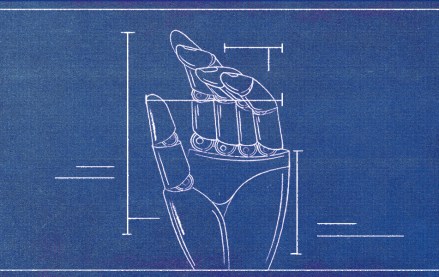Real-time bidding (RTB) still devours the lion’s share of programmatic budgets. But as audience marketing strategies mature, advertisers are getting adventurous, looking beyond RTB and tumbling into a variety of new and confusing programmatic channels.
Getting nervous? Don’t worry. We’re here to clear the fog and help you see how these new classes of programmatic are defining the future. It all starts with the idea of priority: Which ads are the most important to deliver to a given viewer at a given point in time? Read on and keep these tips and tricks in your back pocket.
Still need more notes? Download the WTF is Programmatic? guide here.
Fixed-priced programmatic
As the name implies, this method allows publishers to set a price before the ad is bought. There are two types of fixed-priced programmatic:
1. Automated guaranteed:
Also known as programmatic direct, this is fixed-price, reserved inventory that’s negotiated directly between the advertiser and publisher. It’s the programmatic ad type that’s most similar to old school, people-driven ad buying. The difference is that in automated guaranteed the RFP and campaign routing process is automated and the deals are negotiated directly through API calls.
Ads sold via automated guaranteed receive the highest priority and get the best placements.
2. Unreserved fixed rate:
Unserved fixed rate refers to fixed-price, unreserved ad inventory. It’s also known as preferred deal. In this scenario publishers make blocks of inventory available on the ad exchange for advertisers to buy directly without having to fight for each impression in a real-time auction.
Any inventory that doesn’t sell through automated guaranteed deals is offered to advertisers this way.
Auction-based programmatic
Auction-based programmatic is used to sell inventory that failed to sell at a pre-negotiated price. Here advertisers bid on inventory in a real-time auction environment. Since each impression sells individually, all auction-based inventory is unreserved.There are two types of auction-based programmatic:
1. Invitation-only auction:
Also known as private marketplace or private auction. In this set-up, ad inventory sells in a private real-time auction. Publishers can control which advertisers participate by establishing whitelists or blacklists. They often choose to sell their wares on an invitation-only basis first, because that lets them generate as much value as possible. Advertisers like private marketplace deals because it allows them more control over where their ads run.
2. Real-time bidding:
RTB can be a confusing term, because it’s both a programmatic ad format and a transactional method. It would be more accurate to call RTB an “open auction,” because it refers to ads that are sold in an auction where any advertiser can bid. This is where any inventory that didn’t sell via any of the previously discussed methods goes on the block.
Clear enough, right? For more user-friendly and jargon-free explanations of the mysteries of programmatic, download our WTF is Programmatic? guide here.
More from Digiday

Podcast companies turn to live events to capture growing advertiser spend
The surge in the number of live podcast events in 2025 reflects a broader shift: advertisers are betting bigger on podcasts — not just as an audio channel but as a full-fledged creator economy play.

Best Buy, Lowe’s chief marketing officers explain why they launched new influencer programs
CMOs launched these new programs in response to the growing importance of influencers in recommending products.

Agencies create specialist units to help marketers’ solve for AI search gatekeepers
Wpromote, Kepler and Jellyfish practices aim to illuminate impact of black box LLMs’ understanding of brands search and social efforts.





